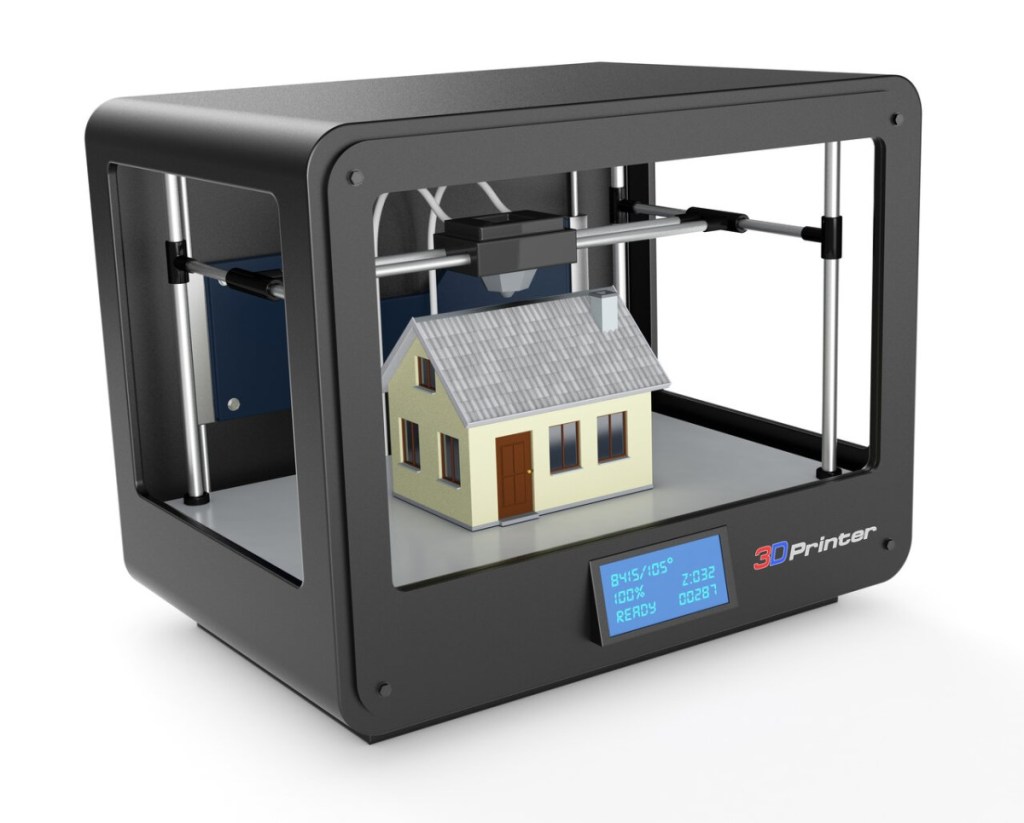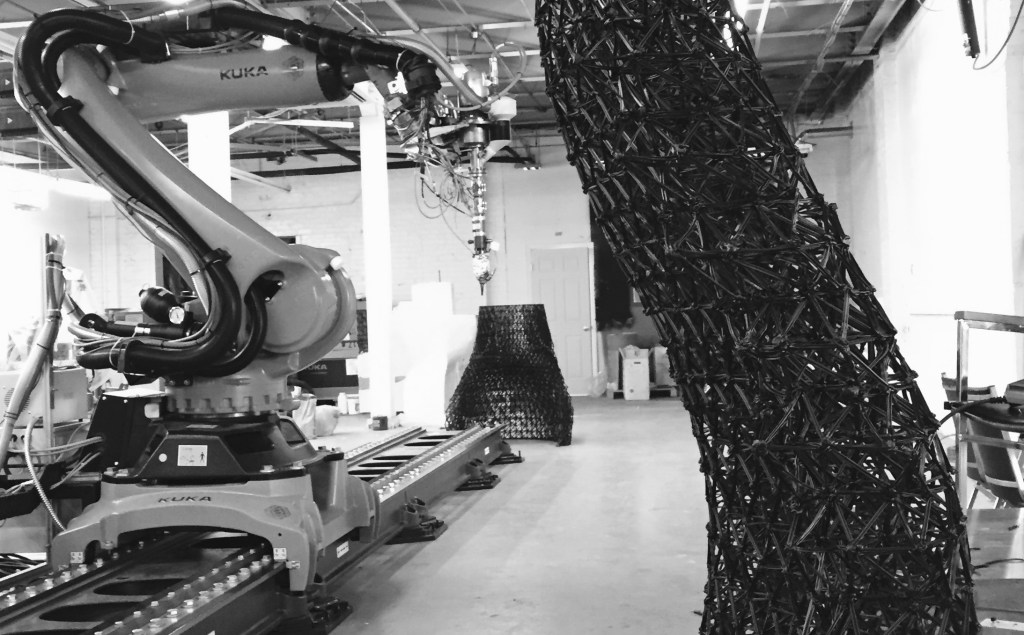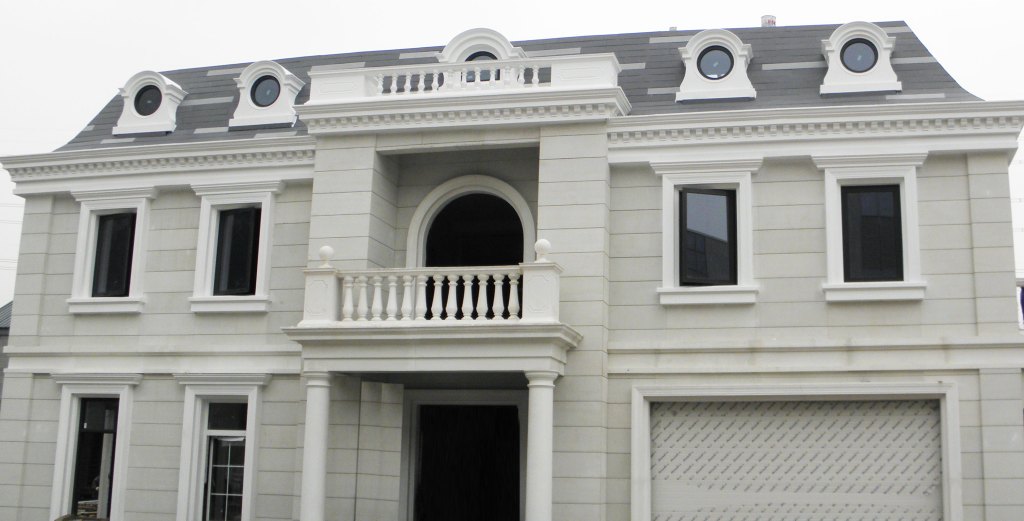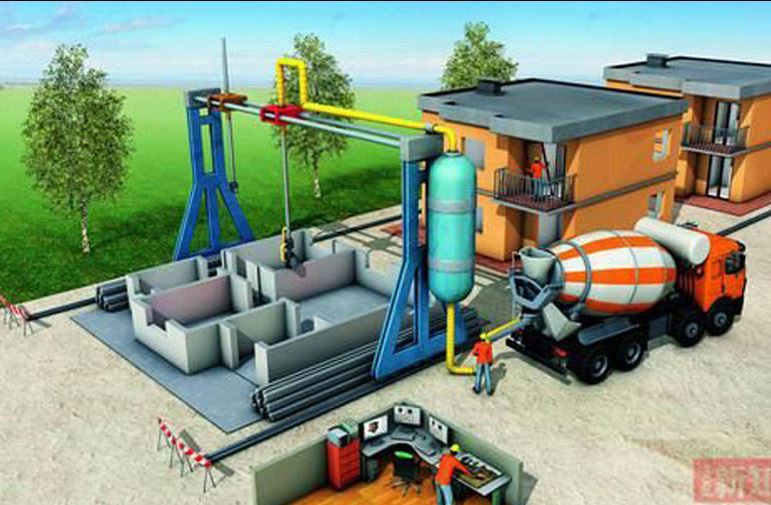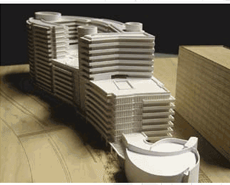3D Home Update
Aiding Affordable Housing
3D printing has picked up the pace in the housing market, especially with inflation rising. Builders can print houses faster building with more earth friendly resources and fewer staff. Let’s explore the latest updates with 3D homes in the affordable and single-family housing markets. The University of Maine unveiled the first 100% bio-based 3D printed […]
